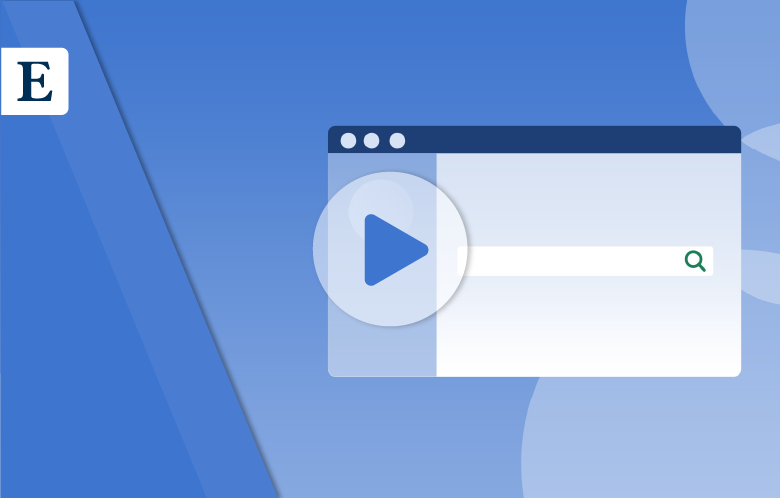Transcript | Download
BiblioGraph Video Series: Challenges & Solutions
I'm Christopher Spalding, VP of Product at EBSCO, and today we're going to talk about the challenges with MARC and other traditional formats. As you may have seen earlier in this video series, most libraries today describe their collections using standards like MARC, a format that is machine readable, but that the modern web does not understand or traverse. MARC was created back in the 1960s long before the internet, and as a result, the web does not really know what to do with it or how to identify a library's catalog or even know that the catalog exists. So popular services like Google and Bing and their web crawlers cannot index a library's catalog. Library users can't engage with their libraries catalog anywhere on the web. Sure, one can find your library on the web, but the content that is curated by said library is not discoverable. In addition, MARC is a fixed field format, which means that each field must be used for a specific reason and not extended for purpose. This lack of flexibility makes it difficult to accommodate new types of information or changes in the way data might be organized. Furthermore, the web shares information using open standards to connect topics, people, places, and things so that users can enjoy a comprehensive discovery experience. Due to the limitations of MARC records, the library catalog does not allow for expansive connections to resources within catalogs, between libraries, or external authoritative data sources on the web. Users only have limited pathways to find information in their area of inquiry. In other words, users cannot navigate horizontally across topics like we do every day on the open web. BIBFRAME and BiblioGraph can help. BIBFRAME is a bibliographic framework and open standard created by the Library of Congress. BIBFRAME provides a modern, flexible way for libraries to describe and link resources using the resource description framework or RDF, a standard for modeling and sharing information on the web. With BIBFRAME, libraries can more effectively manage and share their bibliographic data. BIBFRAME supports a more comprehensive discovery of resources by enabling the use of linked data, which connects information from different sources on the web, but also allows one to navigate horizontally across linked data resources delivering users in and out of a library's web presence. There are many benefits to using linked data. For one, it makes data more discoverable and usable as it allows data from disparate sources to be linked together and queried as a single dataset. This makes it easier for data users to find information they need and for data providers to share their information with others. Additionally, link data simplifies how data is updated and maintained over time. Because data is connected using standardized methods updates to one dataset can be automatically propagated to all other linked data sets, making it easier to keep data current and accurate. We're moving from islands of titles to a distributed fabric of entities. Finally, linked data has the potential to greatly enhance collaboration and data sharing between institutions. By connecting data across organizations, it becomes possible to build new applications and services that draw in a much broader range of data. Think external, authoritative data sources and data sources from within an institution making this easier to solve complex problems and make better decisions.


